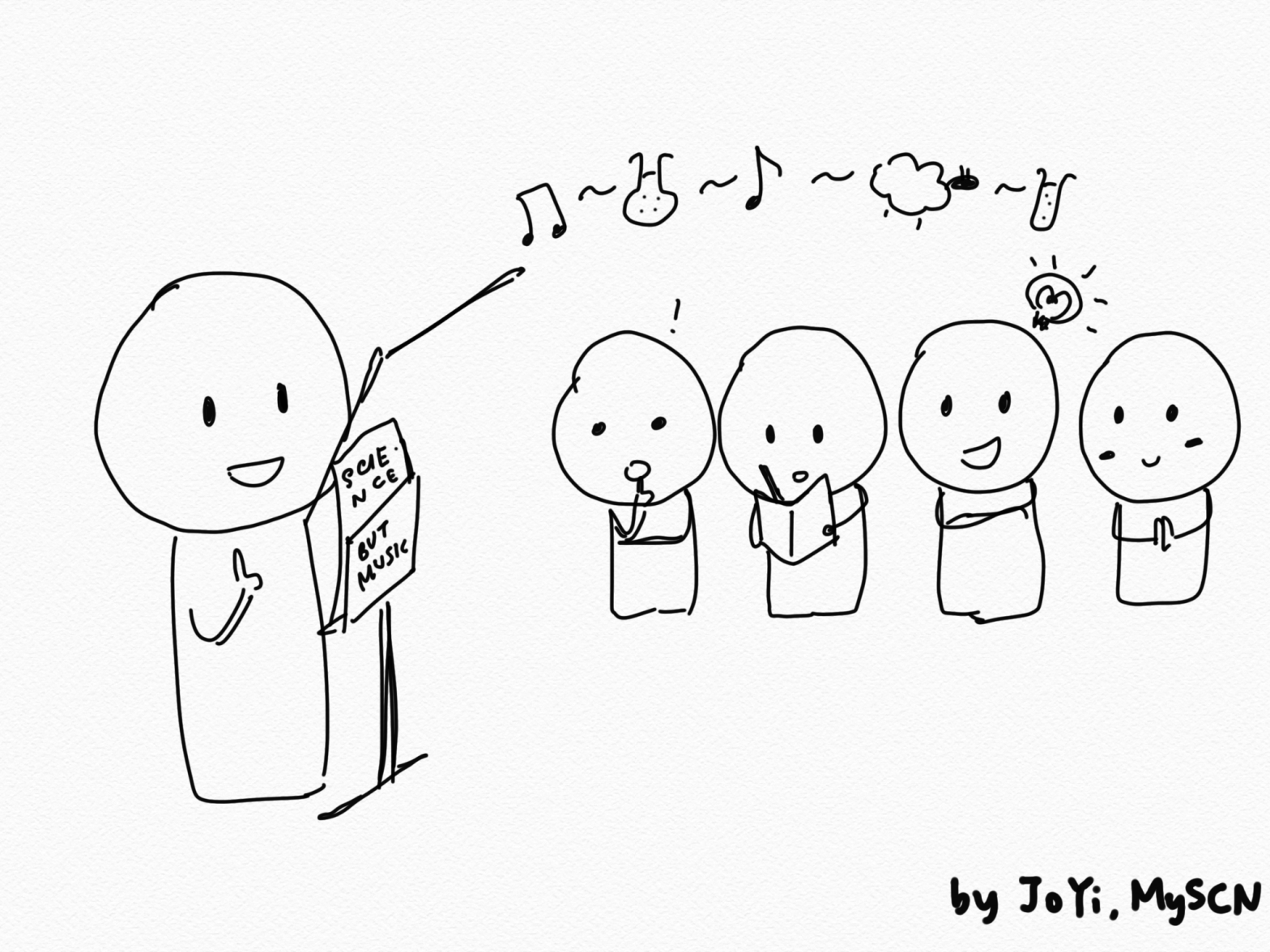My late father once said ‘Nothing is difficult, only more complex.’ And some concepts in science are very complex. But that doesn’t mean the way we talk about these things should be as complex. Communicating more simply may be a more effective and evidence-based way to encourage knowledge retention according to recent research in psychology.
Because keeping things simple isn’t just about making things easy; it’s about making them stick in people’s minds and reducing confusion. When information is simple and easy to understand, it’s easier to remember. Just like you remember a catchy simple song (For e.g. “Baa baa black sheep”) more than a complicated one, simple explanations stick in your mind.
But how do you keep explanations as simple as accurately possible? One way to visualize this would be imagining an intricate full length portrait of a woman, with different shades of colors and tones to fully bring the image to life. This portrait is so detailed and complex that it is nearly a true-to-life 2D version of the actual woman. But if we strip down the portrait, remove all the colors and shades, and retain only the key defining features in a basic sketch (perhaps the shape of her figure, her curly hair, the mole on her cheek and long eyelashes) she would still be recognizable.
Here are three tips on stripping down information while still retaining the key message:
- Use a good analogy. For example, when explaining DNA replication, you could liken it to making a copy of a recipe. Just as you follow a recipe to make a dish, our cells follow the DNA “recipe” to create new cells. The ingredients (nucleotides) are like the letters in a recipe, and the chef (enzymes) follows the instructions precisely. This analogy simplifies a complex biological process into something relatable and understandable.
- Use multimodal aids (visuals/audio/sensory): People often learn better when they can get stimulation of multiple senses. Seeing something rather than just hearing about it. Hearing something rather than just seeing it. Whether it’s a diagram, animation, or touchable props and instruments, clever use of these aids conveys ideas more effectively.
- Tell a story: This can be your personal story, or a good story related to the topic at hand. Take the theory of evolution, for instance. Instead of diving straight into genetic mutations and natural selection, start with the story of Charles Darwin’s journey on the HMS Beagle. Describe how he observed various finch species on the Galápagos Islands and how their unique beaks helped them adapt to their environments. By connecting the theory of evolution to Darwin’s real-life experiences, you create a captivating and relatable narrative that simplifies the scientific concept.
In a world full of intricate scientific ideas, remember that simplicity is key to sharing knowledge with a broader audience. Utilize analogies, employ aids, and infuse storytelling to make complex concepts not only understandable but also engaging and memorable. Science is for everyone, and with these tips, you can help demystify it for all to enjoy. So keep it simple, Scientist!
References:
Cognitive Load and Multimedia Learning: In a study published in 2017, Mayer and Moreno discuss the relevance of cognitive load theory in multimedia learning. They emphasize the need for simplicity in multimedia presentations to optimize learning outcomes by minimizing cognitive load. [Citation: Mayer, R. E., & Moreno, R. (2017). Nine Ways to Reduce Cognitive Load in Multimedia Learning. Educational Psychologist, 52(1), 42-58.]
Visual and Verbal Processing: A more recent exploration of the dual coding theory can be found in a study by Paivio (2014), where he discusses how combining visual and verbal information enhances memory and learning. [Citation: Paivio, A. (2014). Dual coding theory and the mental lexicon. The Mental Lexicon, 9(3), 347-366.]
Schemas and Learning: In a contemporary context, Anderson and Lebiere (2017) delve into the importance of schemas in learning and problem-solving. They discuss how simplified, structured information aligns with our cognitive processes and facilitates learning. [Citation: Anderson, J. R., & Lebiere, C. (2017). The Atomic Components of Thought. Routledge.]

